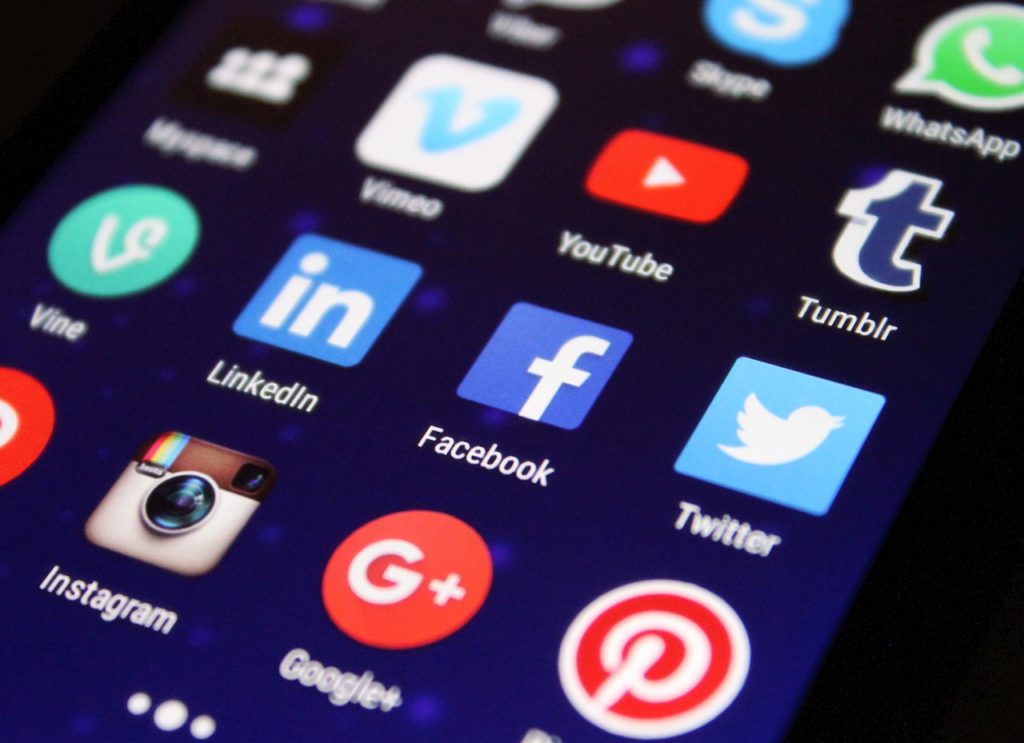The Dark Side of Social Media: How Extremist Groups Leverage Platforms
You’re scrolling through your social media feed when you come across a video that makes your stomach turn. It’s filled with hateful rhetoric and encourages violence against a group of people. You report it, but soon another pops up in its place. Have social media platforms become breeding grounds for extremism? With their algorithms pushing increasingly extreme content and their lack of oversight, social networks seem to be fanning the flames. But is banning these groups from platforms the answer, or does it just drive them underground? In this article, we’ll look at the complicated role social media plays in radicalization and domestic terrorism, and explore if companies are actually equipped to stop the spread of extremism online by domestic terrorism prevention. Buckle up, because it’s sure to be a bumpy ride.

Regulating Harmful Content: The Ongoing Battle Between Governments and Tech Companies
– Social media allows extremists to connect and spread their message to susceptible individuals. The algorithms used by sites like Facebook and YouTube can create echo chambers and radicalization pipelines.
– Far-right groups use social platforms to share disinformation and conspiracy theories, recruit new members, and organize events. This was evident during the Capitol riot, which was planned on sites like Parler.
– ISIS and other terrorist organizations leverage social media for propaganda and radicalization. They target vulnerable youth and share graphic violence to spread fear.
– The sheer size and reach of platforms like Twitter and Facebook allow extremist content to spread rapidly. And as we’ve seen, tech companies have struggled to effectively moderate this type of harmful content.
– Encrypted messaging apps like WhatsApp and Telegram have also aided extremist communication and coordination away from public scrutiny.
– While social media has connected people worldwide, it has a dark side as a tool for radicalization and extremism. Companies need to take responsibility and law enforcement must try to stay one step ahead of ever-evolving online threats.
Moving Forward: Solutions for Curbing Online Radicalization
Social media companies walk a fine line between allowing free speech and curbing harmful content. But violent extremist groups have weaponized social platforms to spread their messages and recruit vulnerable people. This has spurred governments to pressure companies like Facebook and YouTube to better police their sites.
– Governments argue that social networks must do more to quickly remove extremist content and prevent radicalization. They’ve threatened fines and regulations if progress isn’t made.
– Companies counter that they are making good faith efforts to curb abuse while respecting free expression. They’ve hired moderators and developed algorithms to flag dangerous posts. But with billions of users, it’s an uphill battle.
– Critics say tech firms are reluctant to sacrifice profits and growth by cracking down too hard. And some question whether AI can effectively distinguish between legitimate dissent and truly dangerous speech.
– There are no easy solutions. While protecting public safety is crucial, sweeping censorship risks silencing marginalized voices and empowering authoritarian regimes. Oversight and transparency around content policies may help strike the right balance.
With extremism migrating online, the stakes are high. But finding common ground between security and liberty will require nuance, patience and cooperation.